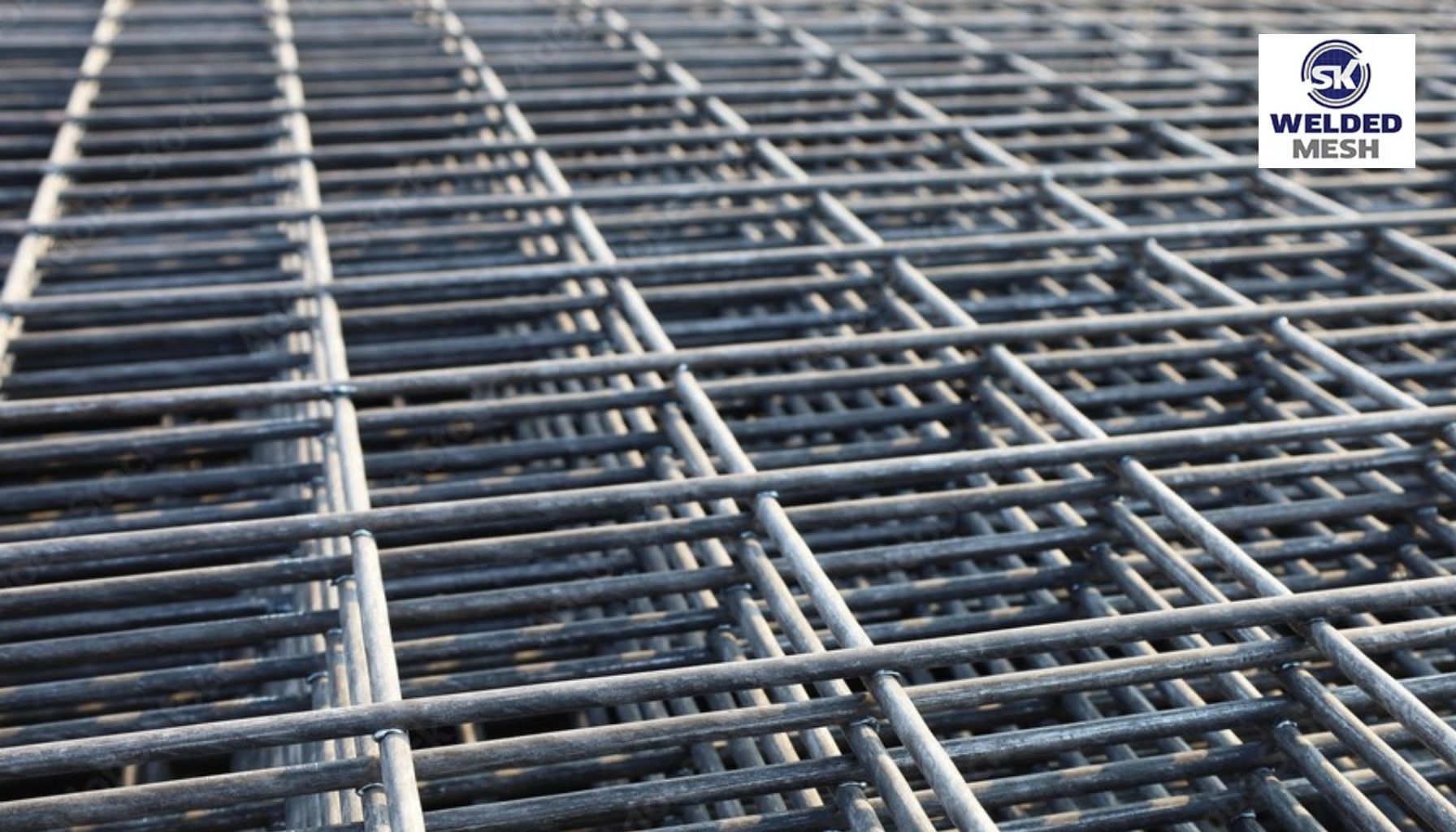

Earthquakes don’t forgive structural weaknesses.
Gujarat’s devastating 2001 Bhuj earthquake flattened unreinforced buildings while sparing properly reinforced structures nearby.
The 2015 Nepal tremors collapsed countless traditional buildings across Northern India, yet reinforced concrete structures often remained intact.
India’s position along multiple seismic zones means preparation isn’t optional.
Every major tremor teaches engineers harsh lessons about what works—and what kills. Amid the wreckage, patterns emerge. Structures with proper internal reinforcement remain standing while others collapse.
Reinforcement mesh offers critical protection when the ground shifts beneath our feet.
Concrete handles compression beautifully but fails miserably under tension. When earthquake waves pass through buildings, they create complex tension forces that unreinforced concrete simply cannot handle.
Reinforcement mesh addresses this fundamental weakness by creating thousands of interconnected support points throughout the concrete mass.
Unlike traditional rebar that provides strength along limited paths, mesh distributes forces across entire structural elements.
This distribution effect prevents the catastrophic crack propagation seen in major quakes where single stress points trigger complete structural failure.
Soil liquefaction undermines foundations during seismic events. Sand particles suspended in water create unstable bases that shift unpredictably under load.
Reinforcement mesh redefines foundation behavior during these critical moments.
The grid pattern locks soil particles together within the concrete matrix, maintaining structural integrity even as the ground beneath turns unstable.
The mesh’s ability to handle multi-directional stress proves especially valuable in coastal areas where tsunami forces followed initial seismic waves.
Lateral forces tear buildings apart from the inside. Shear walls counter these forces but remain vulnerable at their connection points and edges.
Reinforcement mesh changes shear wall performance through continuity rather than isolated strength points.
The mesh creates unified structural planes that respond to seismic forces as complete systems.
This increased ductility translates directly to survival time during major earthquakes.
Building rigidity often backfires when the earth moves. Too-rigid structures transfer seismic energy destructively through brittle materials.
Reinforcement mesh creates controlled flexibility that absorbs energy instead. The mesh pattern allows minute movements to be distributed across thousands of points rather than catastrophic failures at a few stress concentrations.
This micro-flexibility is particularly helpful in regions facing multiple seismic risks.
Earthquake engineering constantly evolves because each disaster reveals new challenges.
Reinforcement mesh offers practical solutions to many of these challenges without requiring exotic materials or techniques.
SK Weldedmesh supplies reinforcement systems that meet international seismic codes while remaining accessible for everyday construction projects.
We believe building resilience requires quality materials correctly applied. This simple principle saves lives when the ground begins to move.
If you want more information about our products, get in touch with us today.